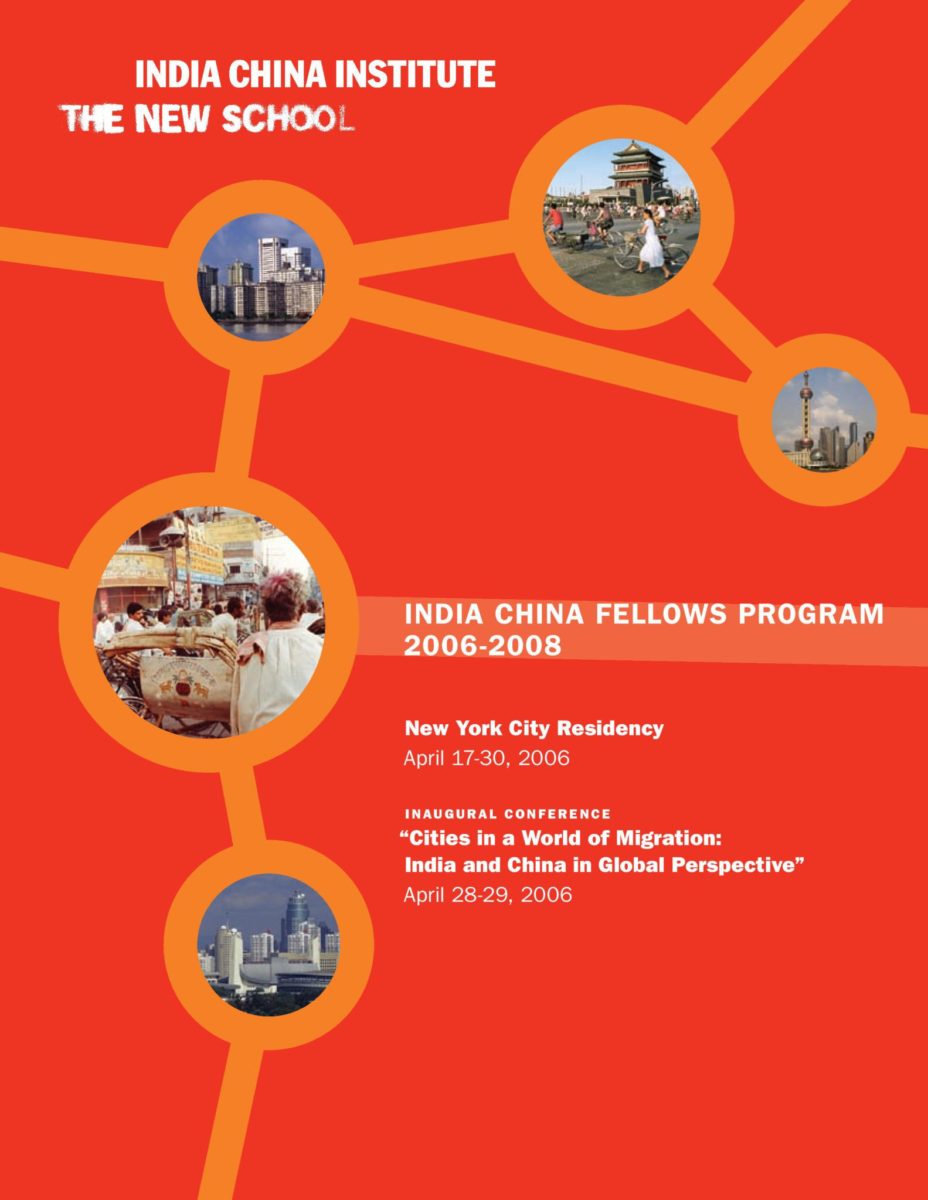
The Inaugural Conference: Cities in a World of Migration: India and China in Global Perspective
April 28, 2006 – April 29, 2006

The rapid economic emergence of India and China has significantly altered the landscape and context of cities in a world of migration. The scale and urgency of globalization and urbanization in India and China are unprecedented and present significant socio-economic challenges for these two countries and across the globe. Cities in a World of Migration: India and China in Global Perspective” provided a forum for insight into the multiple dimensions of these changes – social, economic and environmental – and the opportunities and challenges of urbanization and globalization in the 21st century.
The conference began with an opening address delivered by New School President Bob Kerrey. The keynote address was delivered by Sen. Joseph R. Biden, Jr., Democrat from Delaware, who compared internal migration in India and China with immigration to the United States. He called for the development of strategic relations between the United States and the two Asian countries, which are rising powers facing a number of urgent problems. As a nation where 300 million people have risen out of poverty, China offers important opportunities for the United States in areas such as energy tech support. Senator Biden pointed out that lessons learned from U.S. immigration periods could be applied to address the massive migration problems now facing India and China. More than 20 scholars, architects, urban planners from The New School, and experts from India and China joined ICI fellows as conference panelists.
In five sessions over a two day period, panelists addressed the following topics: 1) Dynamics: What are the dynamic roles of cities in India, China, and the United States? How have they evolved from local, national, and global perspectives? 2) Circulation: How do we understand the dynamics of urban and rural migration in both directions? 3) Governance and Planning: Cities in India, China, and the United States have developed in very different physical and political environments. How do these differences affect our approaches to urban governance and planning? 4) Dwelling and Development: How is the real estate market responding? Can people be regulated? What is the social impact of new housing and infrastructure developments? 5) Imagining the Future: What opportunities exist for imagining a democratic future for the emerging cities of the world? What are the constraints?
The discussions were so varied that it would be impossible to give an adequate summary of the proceedings. There was, however, consensus among the participants that the most crucial lesson learned is the importance of balancing open public debate and private discussion. Energetic work and slow-paced reflection must both be employed to develop exceptional collaborations across disciplines and countries. Ultimately, as President Kerrey pointed out, the cultivation of friendships across borders may make the difference between war and peace.
